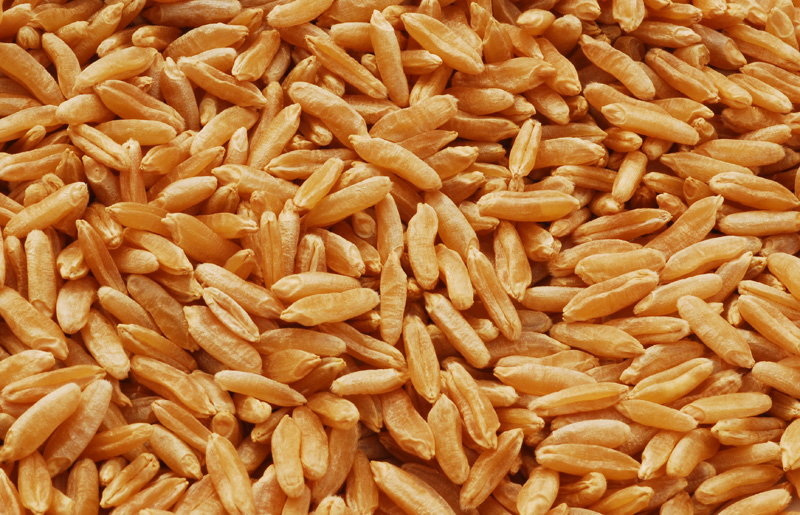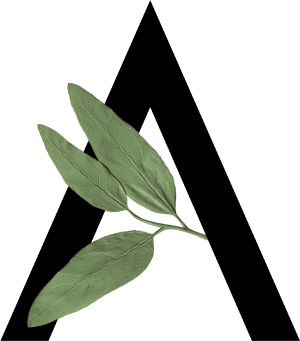Kamut, a Delight of the Past
A very old variety of grain close to our current wheat, kamut[1], has passed through the millennia, feeding the Egyptians up to today’s young people with a sweet tooth. Its high nutritive content, affordable cost, taste and wonderful texture appeals to many a palate. Not a gluten fan? Kamut is easily digestible—even for people who have a sensitive digestive system Spread the good news!
Kamut is eaten cold, hot, warm, as a side dish as in salad, and even in risotto style. For this scorching and sun-drenched summer, I’m going for an incredibly refreshing and colorful salad. A recipe from my great-great-great grandmother, Cleopatra!

Ingredients (4 servings)
- 2 cups of dry kamut
- Cherry tomatoes whole or halved
- Diced cucumber
- Kalamata or Moroccan dried olives
- Big bunch of chopped coriander
- Big bunch of chopped parsley
- Chopped green onions
- Juice of 4 limes or lemons
- A generous sip of maple syrup
- +/- 4 tbsp. of curcumin
- +/- 4 tbsp. of yellow curry
- +/- 2 tbsp. of cumin
- Cayenne or hot pepper that you like
- ½ cup of olive oil
- Salt and pepper
Preparation
- The day before (12 to 24 hours in advance), soak the kamut in a bath of cold water.
- Boil the kamut with plenty of water for ± 20 minutes. Drain the precious grains well. Their texture will remain crisp, which what makes kamut so appealing.
- In a pan or pot, heat the olive oil to roast the curry, curcumin, cumin with salt and ground black pepper, which will make the curcumin’s personality exponential. Heat and whisk the wriggling mixture with all your goodwill for +/- 1 minute on a hot fire. Does it smell a bit burnt? It’s perfect! Roasting the spices leads to the expression of their personality. Despite the smell, it will not taste burnt if quickly removed from the fire.
- In your favorite bowl, mix the kamut and the hot and fragrant spice paste. Massage the grains well. All that remains is to gather the grains with the greenery, tomatoes, cucumber and co.
- Sprinkle with citrus juice and maple syrup. Adjust the salt and pepper.
And here’s a secret from beyond the grave and a wonder of the food world: kamut! Enjoy!
[1] Its real name is “khorasan wheat.

